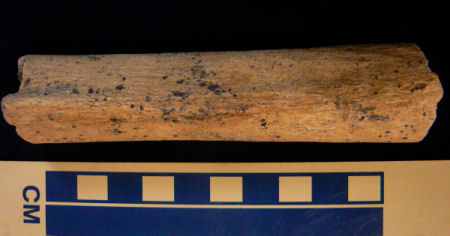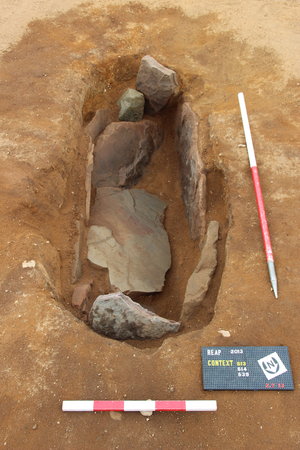Ancient Roman coins depict sundry sexual acts, but what were they for?

The Romans loved sex. The wrote graphic poetry about it, and scrawled x-rated graffiti on their city walls. They even emblazoned currency with depictions of sexual acts. But what purpose did this coinage serve? Fair warning: numismatic pornography after the jump – potentially NSFW.

The racy coins in question are known as "spintriae." A single spintria is typically a little smaller than a modern day quarter. Minted from bronze or brass beginning in early first century CE, each coin depicts a sexual act on one face and a Roman numeral – ranging from I to XVI – on the other.

It's unclear what purpose these coins served. One popular theory holds that they were used in place of official Roman currency in brothels, where they could be used to pay prostitutes in exchange for sexual services.

The coins have been discovered in locales as far-flung as modern-day Britain, but the going rate for prostitutes at Pompeii is believed to have ranged from 2 to 20 "asses," (the basic unit of Roman Currency at the time was called the as) as evidenced by recorded fees, as well as graffiti like this, found on the walls of a bath house in suburban Pompeii:
Si quis hic sederit, legat hoc ante omnia.
Si qui futuere voluit Atticen, quaerat a(ssibus) XVI."If any is sitting here, let him read this before anything.
If he is someone who wants to fuck Attike, he needs 16 asses"
Which is to say, the going rate for a practitioner of the oldest profession would appear to match up rather neatly with the 1–16 range depicted on the coins.

An extension of the sex-token theory maintains that the sex act depicted on each coin corresponds to the price listed on the opposite face, a system that would also have helped dissolve language barriers, if for example, the prostitute being solicited did not speak the language of the requesting John. That being said, this viewpoint has its critics. As The Straight Dope summarizes:

For one, Geoffrey Fishburn of the University of New South Wales, whose 2007 paper"Is That a Spintria in Your Pocket, or Are You Just Pleased to See Me?" is well worth perusal by anyone interested in the topic. Such skeptics note that (1) the same sex act sometimes appears on coins bearing different numbers, which hurts the number-equals-price theory; (2) unambiguous references to such tokens are strangely absent from Roman writings (the purported examples that do get cited are notably iffy); (3) identical scenes show up in Pompeiian murals, suggesting these may have been commonly depicted artistic themes; (4) spintriae have been found in excavated bathhouses but never (points out Anise Strong of Northwestern U.) in the ruins of actual brothels; (5) the correlation between modern prostitutes' rates and the tokens' numbering system isn't as neat as the [other studies] would have it; and so forth.

The writings of Roman historian Cassius Dio suggest the coins may also have been used to circumvent a law, upheld by then-Emperor Tiberius, that equated bringing currency bearing the emperor's image into a brothel with treason.

Ironically, while the coins may, in fact, have been used to avoid charges of treason, it's not unlikely that they were simultaneously intended as a form of political mockery and subversion. Via The Straight Dope:

Tiberius was famously rumored to be into the kinky stuff (in citations provided by the OED, the adjective spintrian, basically meaning "anything but vanilla," comes up several times in conjunction with his name), and since official coins bore his likeness, the idea of alternate, sexually explicit versions may have struck some as a joke at Tiberius's expense — a sort of ribald editorial cartoon in brass.
Read more about spintriae at The Straight Dope, Wikipedia [1, 2], The Journal of Popular Culture and the above mentioned paper by Fishburn, "Is that a Spintria in your Pocket, or Are You Just Pleased to See Me?"








